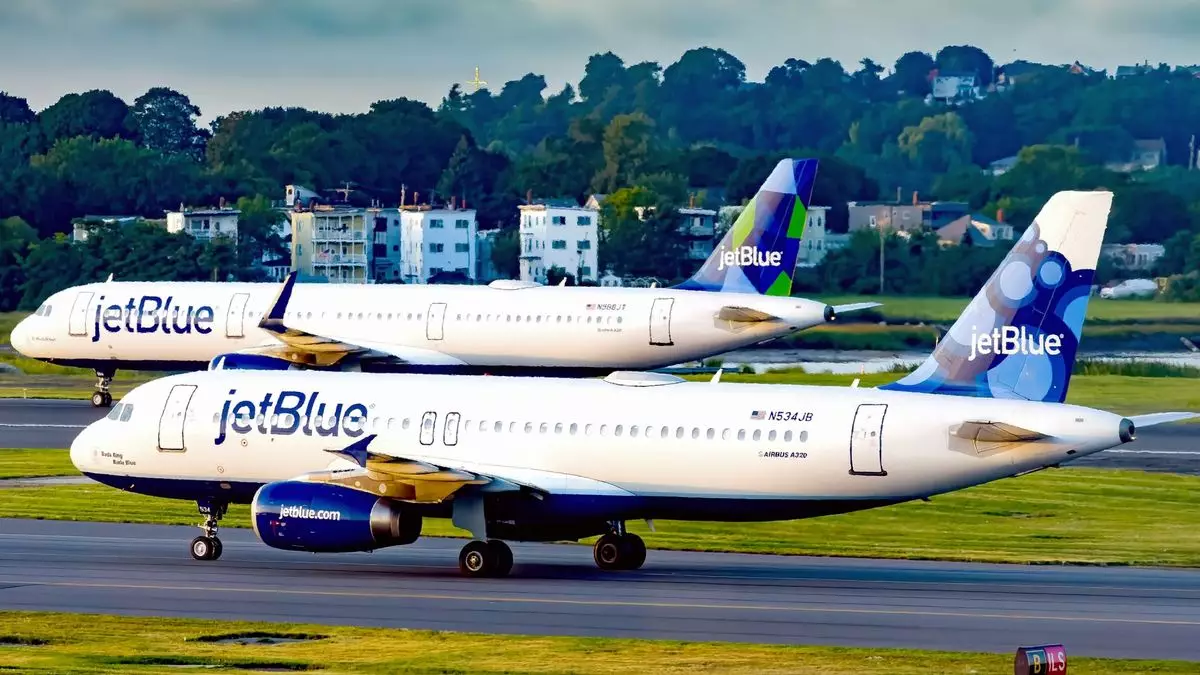In a notable reorientation of its services, JetBlue Airways is making significant changes to its route network by announcing the cessation of flights to San Jose, California. This decision is part of a broader strategy where the airline aims to refocus its operations primarily on the Northeast, Florida, and the Caribbean regions. This shift reveals JetBlue’s intentions to prioritize markets that offer the potential for greater profitability and efficiency. The San Jose operation, characterized by limited seasonal services to cities like Boston and New York’s JFK, has ultimately been deemed unsustainable within the current operational landscape.
JetBlue’s announcement does not merely stop at San Jose. Several other routes are facing cuts, reflecting a comprehensive re-evaluation of the airline’s network. Notably, the airline has decided to discontinue its Mint business class service in Seattle as well as halt its JFK to London Gatwick route, which had already been curtailed to seasonal operations earlier in the year. Such reductions are telling of larger trends within the aviation industry—one where airlines are not only trimming excess but are also adapting to shifting consumer demands and travel behavior influenced by the post-pandemic world.
Moreover, routes to Miami, Milwaukee, Austin, and Houston will be eliminated, along with services from Westchester County, NY, to Charleston, SC, and from Jacksonville to Fort Lauderdale. Most of these changes are scheduled to take effect by April 30, marking a deadline for passengers to re-evaluate their travel plans amidst these operational downturns.
JetBlue justifies these network cuts as a strategic move to redeploy aircraft resources, particularly those equipped with Mint service, into markets exhibiting higher demand. The airline has signaled its intention to utilize these assets in new opportunities as well as to bolster its existing European network to provide enhanced travel options. This shift towards “high-demand markets” indicates JetBlue’s commitment to aligning its operations with emerging consumer travel patterns, especially as international travel continues to rebound.
With JetBlue’s announcement of cutting over 50 routes and the elimination of 15 destinations within the year, it is clear that the airline is not merely making tactical adjustments but is instead laying the groundwork for a more sustainable future. This calculated reconfiguration is crucial as the company seeks to return to path profitability while navigating the challenges posed by fluctuating passenger numbers and global travel uncertainties.
JetBlue’s recent changes illustrate a critical juncture for the airline as it confronts the dual challenges of operational efficiency and profitability. While the impact on specific regions will be felt by passengers, the long-term vision of redirecting focus toward more profitable routes and expanding overseas offerings exemplifies JetBlue’s adaptability. As the airline industry continues to evolve, JetBlue’s proactive measures may position it favorably in a competitive landscape defined by shifting demands and recovery dynamics. As the world of travel adjusts to new realities, JetBlue’s actions will likely set a precedent for other airlines navigating similar transformations.


Leave a Reply